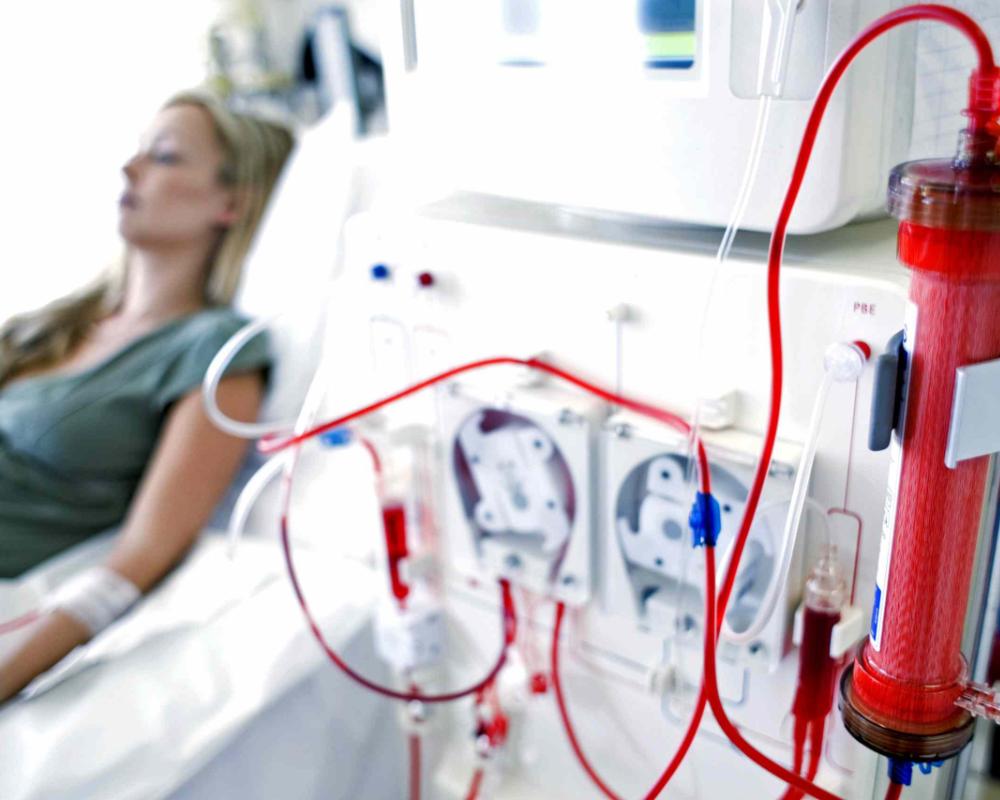Introduction to GFR Levels
Glomerular Filtration Rate (GFR) is a crucial metric in assessing kidney function. It measures the volume of fluid filtered by the glomeruli per unit of time and serves as a vital indicator of overall kidney health. GFR levels can vary among individuals due to factors like age, sex, and overall health status. In this article, we'll delve into what constitutes a normal GFR level for women, exploring the significance of this measure and its implications for health.Factors Influencing GFR Levels
Several factors can influence GFR levels in women. Age is one such factor, as GFR naturally tends to decline with age due to physiological changes in kidney function. Additionally, underlying health conditions such as hypertension, diabetes, or kidney diseases can impact GFR levels. Moreover, lifestyle factors like diet, hydration status, and physical activity levels can also play a role in determining GFR. Understanding these factors is essential in interpreting GFR results accurately and assessing overall kidney function.Normal GFR Levels for Women
The normal range for GFR in women typically falls between 90 to 120 milliliters per minute per 1.73 square meters (mL/min/1.73 m²). However, it's essential to note that this range can vary slightly depending on the laboratory's reference values and the individual's specific characteristics. Generally, a GFR above 90 mL/min/1.73 m² is considered normal and indicative of healthy kidney function in women. GFR levels below this range may suggest impaired kidney function and warrant further evaluation by a healthcare professional.Importance of Monitoring GFR
Monitoring GFR levels is crucial for the early detection and management of kidney disease, which can often be asymptomatic in its early stages. By regularly assessing GFR, healthcare providers can identify kidney dysfunction early on and implement interventions to slow its progression. Moreover, GFR assessment is integral in guiding treatment decisions and monitoring the efficacy of interventions in individuals with known kidney disease or risk factors for kidney impairment.Diagnostic Significance of GFR
GFR serves as a key diagnostic tool in evaluating kidney function and diagnosing various kidney disorders. A decline in GFR below normal levels may indicate underlying kidney damage or dysfunction, prompting further diagnostic testing to determine the underlying cause. Additionally, GFR estimation plays a vital role in staging chronic kidney disease (CKD) and assessing its severity, guiding treatment strategies and prognosis estimation.Clinical Considerations and Interpretation
It's essential to interpret GFR results in the context of the individual's clinical history, demographics, and comorbidities. While GFR values provide valuable insights into kidney function, they are not standalone indicators and should be interpreted alongside other clinical findings and diagnostic tests. Factors such as muscle mass, medications, and hydration status can influence GFR measurements, necessitating a comprehensive assessment by healthcare professionals for accurate interpretation.Lifestyle Modifications to Support Kidney Health
Maintaining kidney health is paramount for overall well-being, and certain lifestyle modifications can help support optimal kidney function. Encouraging a balanced diet rich in fruits, vegetables, whole grains, and lean proteins while limiting sodium, processed foods, and excessive protein intake can promote kidney health. Staying hydrated by drinking an adequate amount of water throughout the day is also essential for maintaining proper kidney function. Additionally, regular physical activity and avoiding tobacco use can contribute to overall kidney health and help prevent kidney disease.Conclusion
In conclusion, understanding GFR levels is integral to assessing kidney function and identifying potential signs of kidney disease in women. While a normal GFR range typically falls between 90 to 120 mL/min/1.73 m², individual variations and clinical factors must be considered in interpretation. Regular monitoring of GFR levels, along with lifestyle modifications and timely medical interventions, can help preserve kidney function and promote overall health in women. By prioritizing kidney health and adopting proactive measures, individuals can reduce their risk of kidney disease and maintain optimal well-being throughout their lives.Are you tired of living under the shadow of kidney disease? Are you yearning for a life free from the shackles of dialysis, kidney failure, and the looming threat of kidney transplants? If so, you're in the right place at the right time. Imagine waking up every morning with boundless energy, feeling rejuvenated and ready to take on the day. Envision a life where your kidneys are functioning optimally, and you no longer dread the burdensome routines of dialysis sessions. The Kidney Disease Solution Program is here to turn that vision into reality for you.


